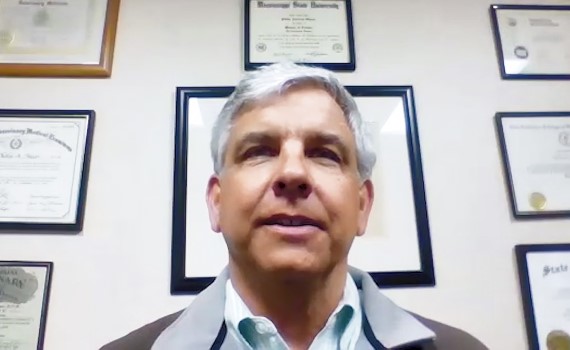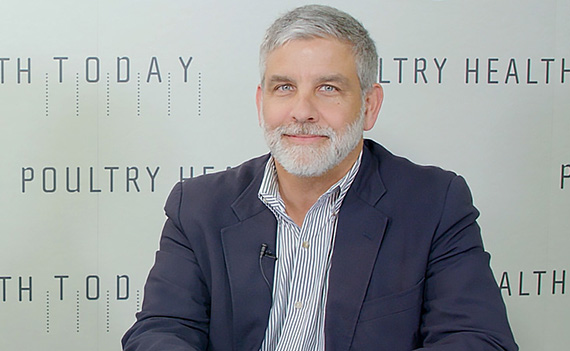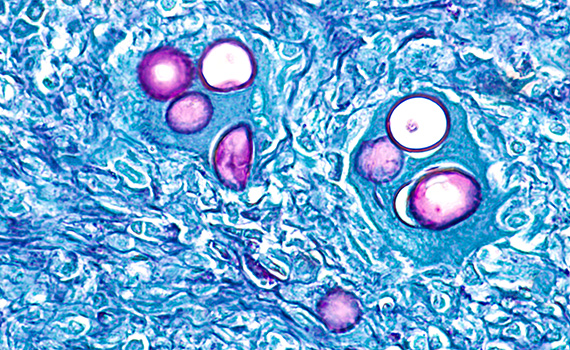Life without antibiotics: Field lessons learned the hard way
Producers
need to think long and hard before jumping into “no antibiotics ever” (NAE)
poultry production, Tim Cummings, DVM, technical service veterinarian for
Zoetis, told Poultry Health Today.
Transitioning
from conventional to NAE production requires a tremendous amount of planning as
well as management changes at all levels of production, cautioned Cummings, who
has been in close communication with a number of producers making the change.
A successful
NAE program starts with breeder pullets. The vaccination program needs to be as
strong as possible to pass adequate immunity on to broiler progeny. This means NAE
producers will probably have to spend more on vaccines, and they must take
great care to make sure vaccines are administered correctly, Cummings said.
There’s always
a small percentage of eggs that breeders lay on the floor, and they always have
a higher bacterial load than eggs laid in nests. Cummings advised they be
discarded, not cleaned and sent to the hatchery.
Hatchery improvements
Sanitation at
hatcheries in NAE systems must improve significantly, Cummings continued. When
hatcheries stop using gentamycin, they soon discover the antibiotic was masking
sanitation deficiencies that lead to increased mortality in week-old chicks.
Attention to
the cleanliness of hatchery ventilation systems is an important but easily overlooked
chore, he noted. It requires more than just adding a couple of ounces of
disinfectant to the ventilation system. Equipment must be checked to see if it’s
dirty and be properly cleaned and disinfected.
Water sources
for hatcheries in NAE systems likewise need to be checked for cleanliness; that
includes culturing at different points throughout the hatchery to test for
contamination. Don’t assume the water is clean, Cummings warned.
A big deficiency
he’s noted in NAE systems is inadequate washing of tray and chick boxes. Too
often, there’s still organic material left. It’s vitally important to monitor
and maintain temperature and disinfectant levels in washers, and in some of the
older hatcheries, the washers need to be replaced, he said.
Detailed broiler management
On the
broiler side, Cummings said husbandry during the first 2 to 4 weeks of life is
critically important to prevent necrotic enteritis (NE), which has been one of
the biggest problems NAE systems face, but producers are learning how to
prevent this costly disease.
Keys to preventing
NE include dry litter, good ventilation, reduced stocking density, increased
downtime between flocks — and quality feed.
“You really
need to spend more money and get good-quality ingredients in the feed,” he
said. Eliminate ingredients that might make birds more susceptible to NE, like meat
and bone meal. Constant feed intake is also key since running out of feed appears
to increase the risk for NE.
At the heart
of NE prevention is coccidiosis control, which requires proper coccidiosis
vaccination. Every chick must get a full dose of the vaccine at the hatchery. Bioshuttle
programs — administration of an in-feed anticoccidial at 3 weeks of age after birds
have been vaccinated — can be helpful, although there is a limited number of
products that can be used in NAE systems, he said.
Antibiotic alternatives have generated huge interest, and most NAE systems are using at least some of these products, which include probiotics, prebiotics, organic acids, essential oils, enzymes and mold inhibitors. However, Cummings said the NAE producers he’s worked with have yet to find an alternative product or combination of these products that consistently control NE.
Editor’s note: This video interview, podcast and news article were developed independently by the editors of Poultry Health Today. They are presented here solely for their news value. The opinions and recommendations presented are not necessarily shared by the editors of Poultry Health Today or the interviewee’s employer.
Posted on April 15, 2019
 We’re glad you’re enjoying
We’re glad you’re enjoying










